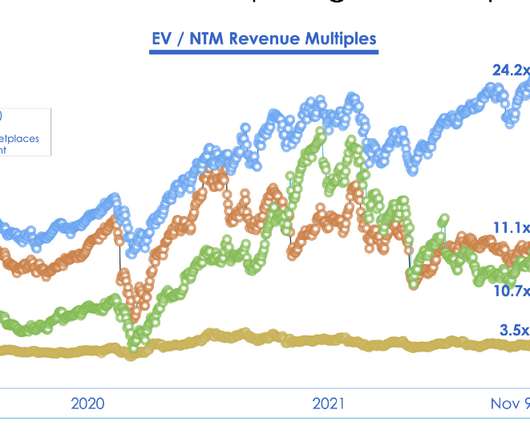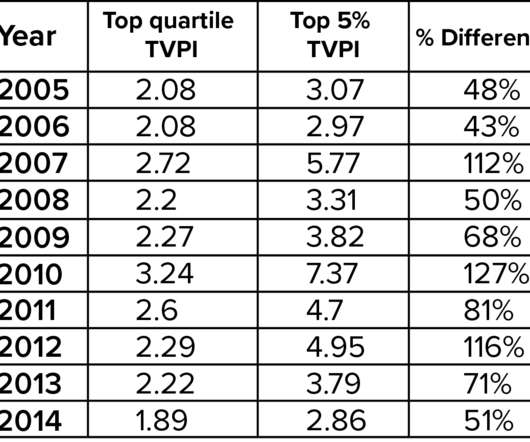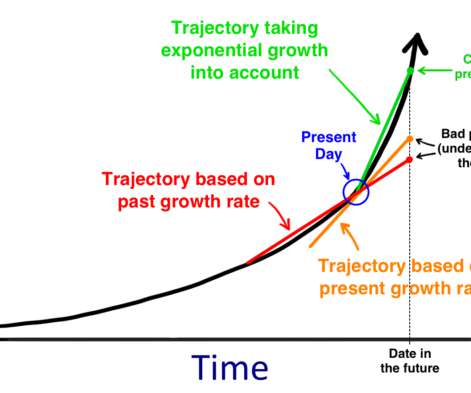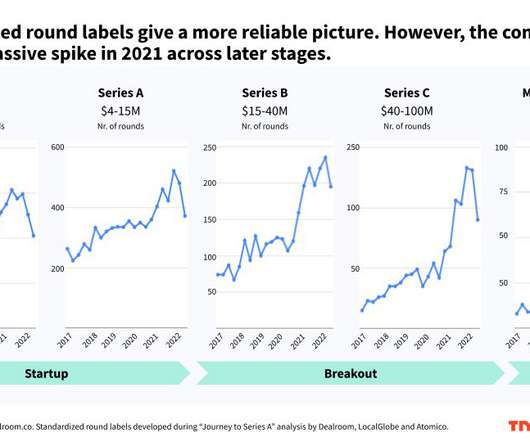What Does the Post Crash VC Market Look Like?
Both Sides of the Table
SEPTEMBER 15, 2022
At our mid-year offsite our partnership at Upfront Ventures was discussing what the future of venture capital and the startup ecosystem looked like. Anybody who has studied the VC industry knows that it works by “power law” returns in which a few key deals return the majority of a fund. So it’s about 20%.










































Let's personalize your content